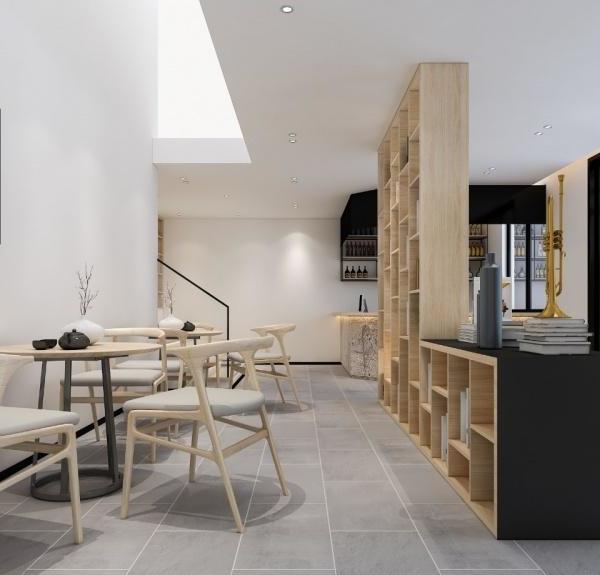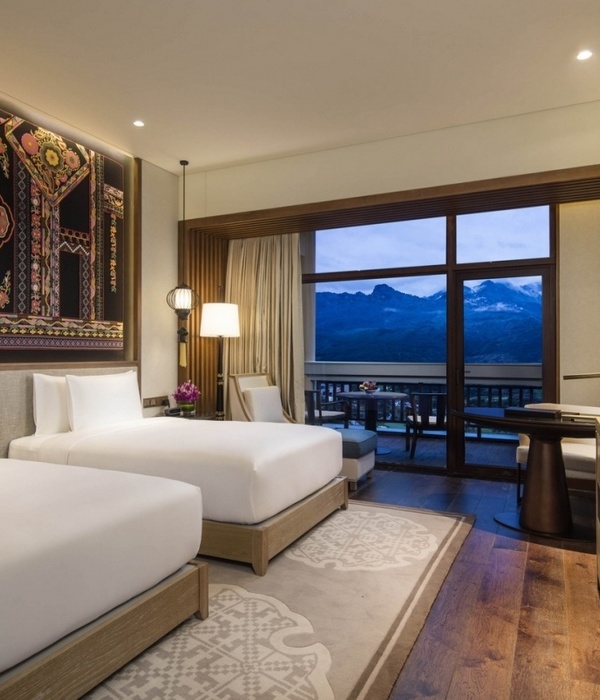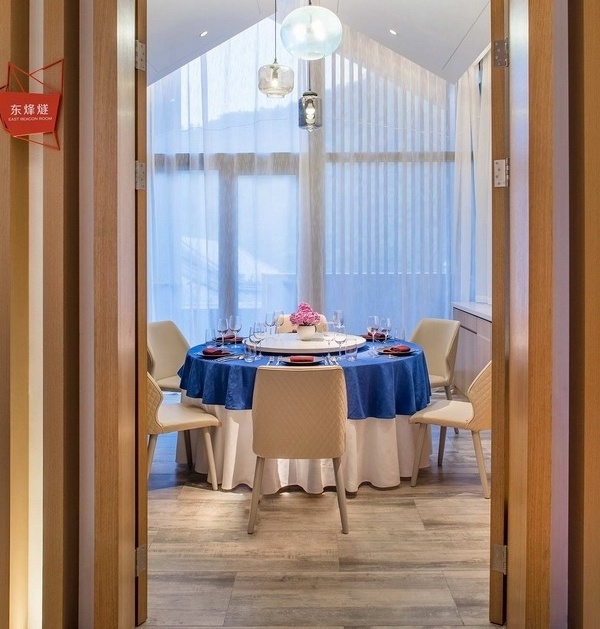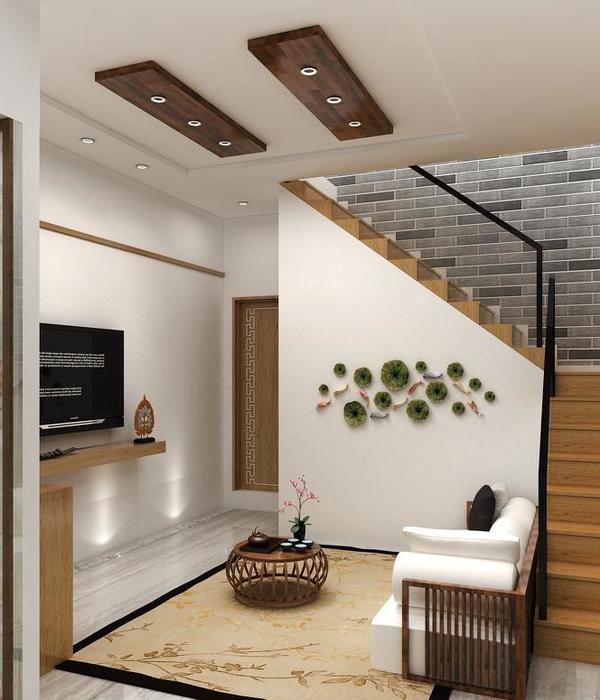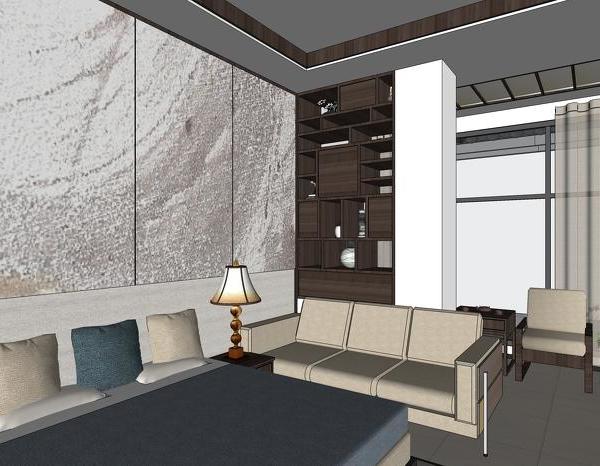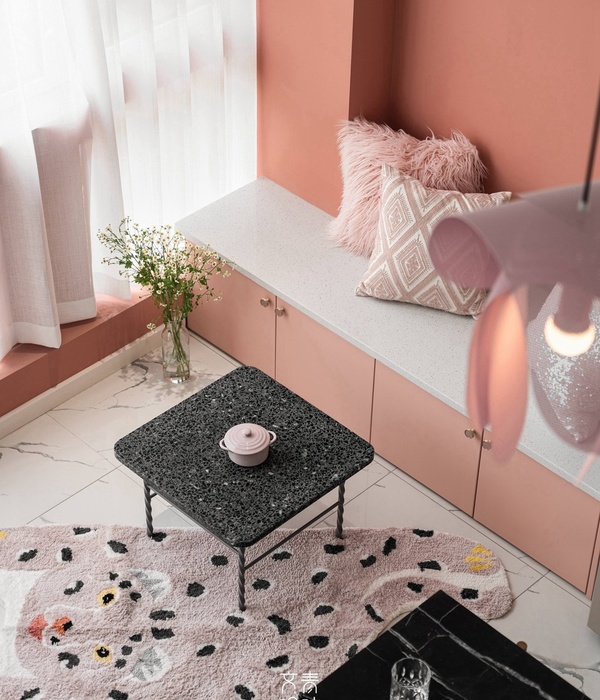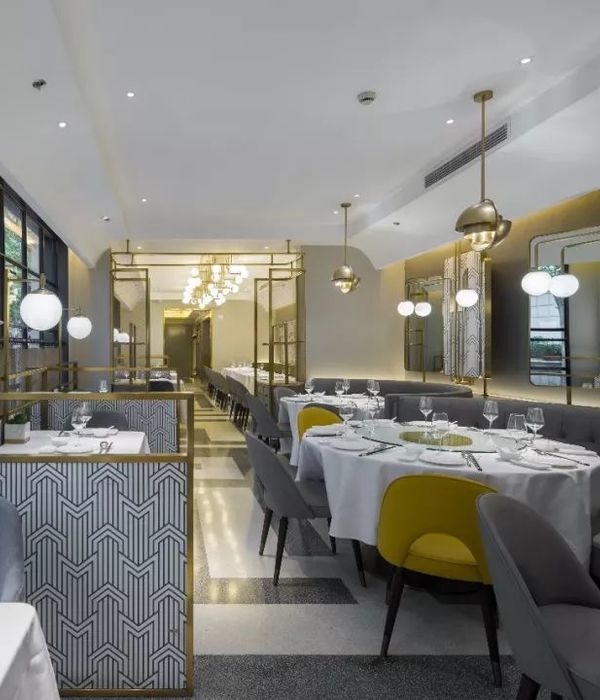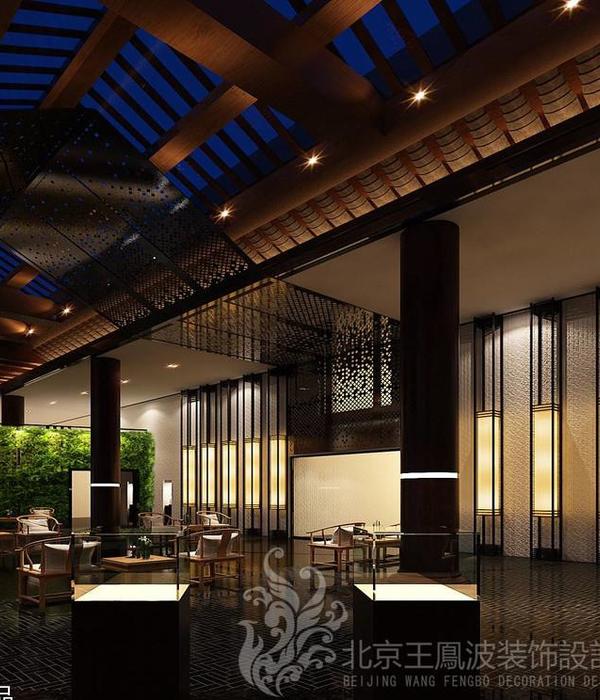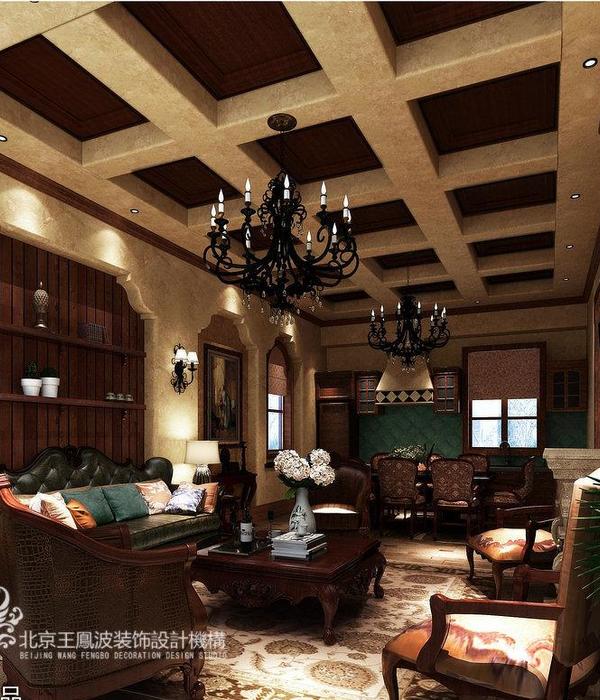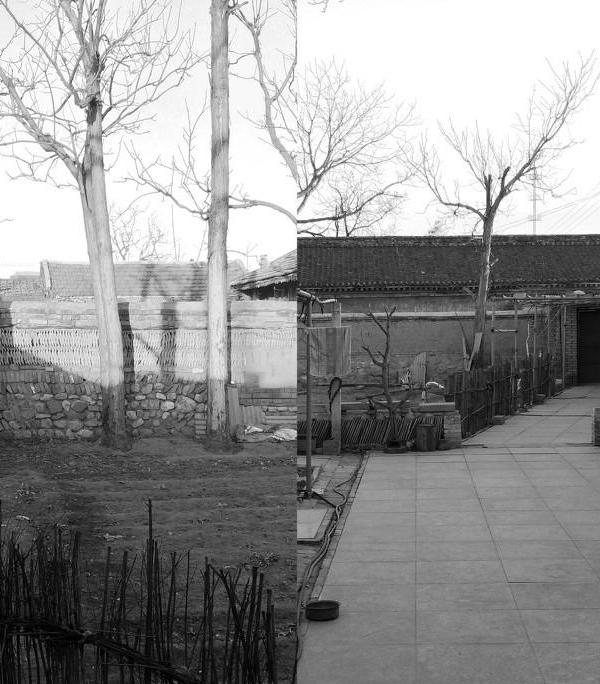On the corner of the Galerie du Roi and Rue des Bouchers, the Hôtel des Galeries has opened. A boutique-hotel with classified frontages, the opposite of design stereotypes, and at the heart of an historic world monument, the Galeries Royales Saint-Hubert. Entrusted to the interior designers Fleur Delesalle and Camille Flammarion, the hotel, a cosy interlude with noble materials, and a contemporary stamp, has 23 rooms and suites to offer. The Comptoir des Galeries Restaurant, of the French Chef Julien Burlat, provides a gourmet interval.
A Hotel With History: The Galeries Royales Saint-Hubert, Queen of Passages In 1847, King Leopold I laid the first stone of the Galeries Royales Saint-Hubert. In charge of the works, the architect Jean-Pierre Cluysenaar designed two distinct galleries, that of the Queen and that of the King, and the Passage of the Princes, in all 213 metres long, measured by Baudelaire, himself, a former regular of the place. Influenced by the Italian Renaissance, the structure is articulated around a sumptuous peristyle, at the corner of Rue des Bouchers, an immense glass roof in half-moon form, flats on the upper floors and shops framed with copper and marble. Urbane promenade, centre of luxury and elegances, the Galeries Saint-Hubert quickly became the city’s new attraction. Restaurants, the most beautiful shows, and the best stocked shops opened in them. In the evening, crowds of people arranged to meet there, workers in overalls and flat caps, gentlemen in frock coats, with flowers in their buttonholes, and women, with shawls on their heads, and with enormous baskets on their arms. The Galleries attracted artists, intellectuals, and journalists. Victor Hugo and Juliette Drouet, Paul Verlaine - who bought, in the Galerie de la Reine, the revolver with which he wounded Arthur Rimbaud - the mischievous writer Willy Gauthier-Willars, Paul Fort, and Guillaume Apollinaire – all were regulars on the Galleries’ terraces. The spirit persisted in the post-war period; actors come to play Vaudeville in the Théâtre des Galeries, Maurice Chevalier with his boater and lyric singers parading as starlets. A place where many artists, painters, composers, collectors and some lucky anonymities still lived. Attracting more than six million visitors each year, the Galeries Royales Saint-Hubert have preserved their charm of yesteryear, with the best craftsmen of Brussels having shops in them - Neuhaus, the inventor of chocolates in 1912, the milliner Monsel, the Delvaux leatherware business, a royal warrant holder, lace-makers - and other more recent ones, the chocolatier Pierre Marcolini, the Meert waffle …
L’Hôtel des Galeries - Rooms and Suites Distributed on four floors, the rooms and suites of the Hôtel des Galeries benefit from an exceptional landscape with a view of the Galerie du Roi, the Cathedral or the roofs of the Brussels downtown area. In harmony with the decoration, the 23 rooms combine the memory of the Galleries with a contemporary and urbane decorative bias. Parquet floors and interior wooden shutters are associated with the new names of Belgian design, Sylvain Willenz and his industrial Candy tables or the wall lights of the Zangra brand. Some references, such as the new version of the Charlotte Perriand wall lights for Cassina, blend with the ceramic night tables designed by Camille Flammarion and the carpets produced for the Hotel des Galeries, by Toulemonde Bochart. A mixture of unique pieces embellished by every day furniture and objects hunted down from the antique dealers of the Sablon district. Each room also has a dressing room, a separate lavatory and a bathroom with bath and/or shower, decorated with ceramic wall tiles that are different each time. Atypical, the Hotel’s suites are just beneath the roofs. Three large two-storey suites, all of them spacious and intimate, are organised around some historical frames. One of them enjoys a view of the Cathedral, and another, accessible by a private footbridge, is a true love nest.
The Hôtel des Galeries Ceramics by Camille Flammarion Interested by the idea of the module and by the multiple combinations which can result from it, Camille Flammarion has invited her flagship material – ceramics - into various spaces of the hotel and the restaurant. Produced by the Fauvel Workshops in Normandy, the stools, pots, benches, bedsides, and the coffee tables of the patio, rooms and little lounges, are all manufactured starting from four flat modules, differently combined, in order to create a series of unique pieces. Each of the hotel’s 23 bathrooms has been imagined with its own identity and with walls tiled in rhombuses and half-hexagons. In the restaurant, these tiles stand out a little and create new figures with greater geometrical complexity.
Le Comptoir Restaurant One enters it directly by the Galerie du Roi. In place of the former Hart workshops, supplier of the Maison du Roi, creator of the medal of the Belgian Constitution - for 175 years medals were struck here, and decorations, ribbons of order and luxury letterheads were produced – the doors of Le Comptoir open onto a 60-place restaurant. Composing for four hands, the Delesalle-Flammarion duo have imagined a place with an open kitchen, inviting, luminous and comfortable, articulated as several rooms and on two levels around a patio teeming with plants. The wooden tables, the two bars adorned with ceramics and the ceilings with their geometrical coffers prolonged in the mirrors, give the place its identity. The immense beam and the pressing equipment of the former workshops have remained intact, and are given pride of place in the room’s corners. The chef Julien Burlat (Le Dôme, le Bistrot Dôme-sur-mer and La Boulangerie Domestic in Antwerp), deploys all of his experience, that acquired from certain great chefs - Pierre Gagnaire, Alain Ducasse, Bernard Pacaud – in designing a menu focusing on the taste of good, high-end products, adapting to the seasons, and to nature. A cuisine with instinct and emotion carried out by the chef Benjamin Lagarde, formerly of Le Chalet de la Forêt, La Brasserie des Bozar and Le Bowery in Brussels. Together, they have developed a crude cuisine, “the idea of a certain simplicity and a constant search for perfection”, they explained. On the restaurant’s menu, Benjamin Lagarde proposes the famous lobster of the Scheldt, cooks squid in the Basque way, will do one from Lake Lemon with Vadouvan curry, or twists frogs’ legs with liquorice. The same delicacy when it comes to the meats: beautiful rib steak selected by the Basque Imanol Jaca (Txogitxu), and ham and black pudding. The dessert menu, - oeufs à la neige, pain perdu or gaufre belge - prepared while you wait if you please, concludes the meal with a touch of nostalgia. With its direct access by the Galerie du Roi, Le Comptoir invites you to eat standing up or to take away sandwiches and some lovely titbits. On the menu, home-made buns, pastrami and sweet mustard, breast of pork, smoked eel or fresh goat’s cheese. Also expected: Belgian croquettes, available in shrimp or lobster versions, pigs’ trotters with Comté, Holstein beef matured and smoked for 50 days, pork pie with home-made black pudding, octopus cooked on a Plancha, slices of vintaged sardine…, to be accompanied by a natural wine, with about twenty references on the wine list
{{item.text_origin}}

